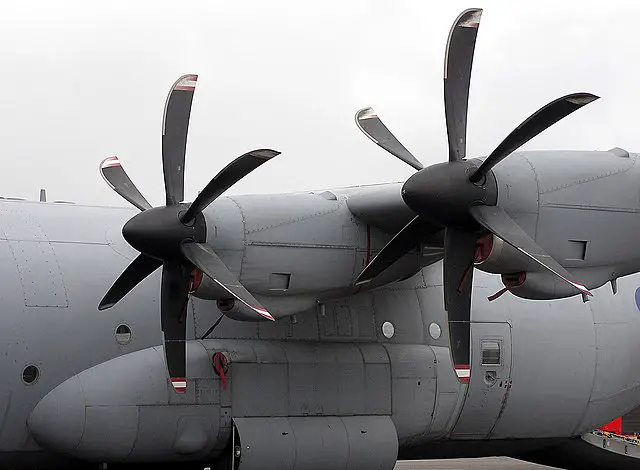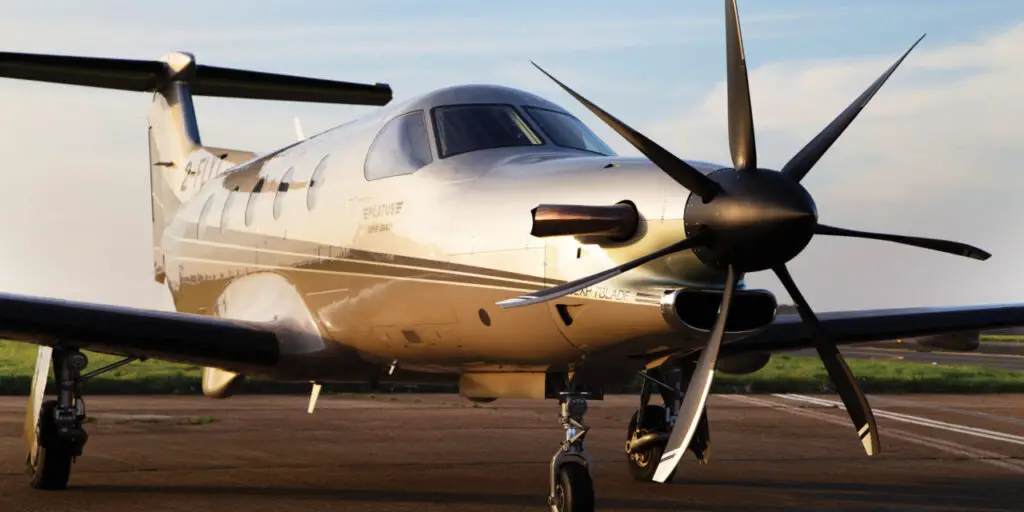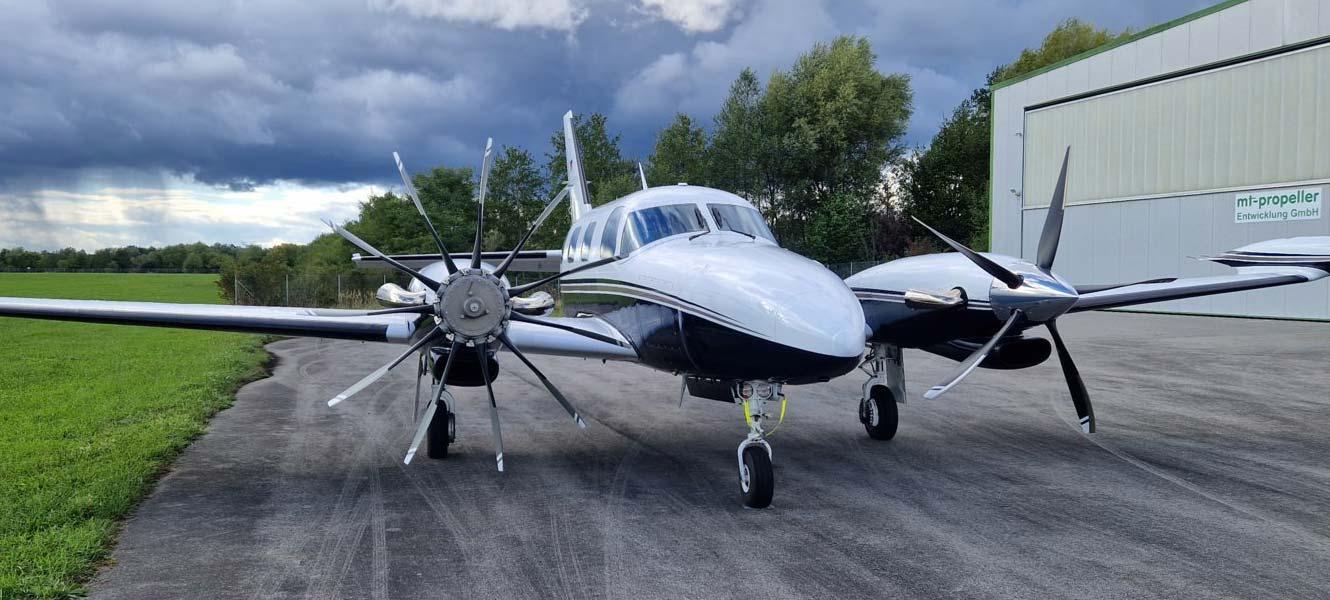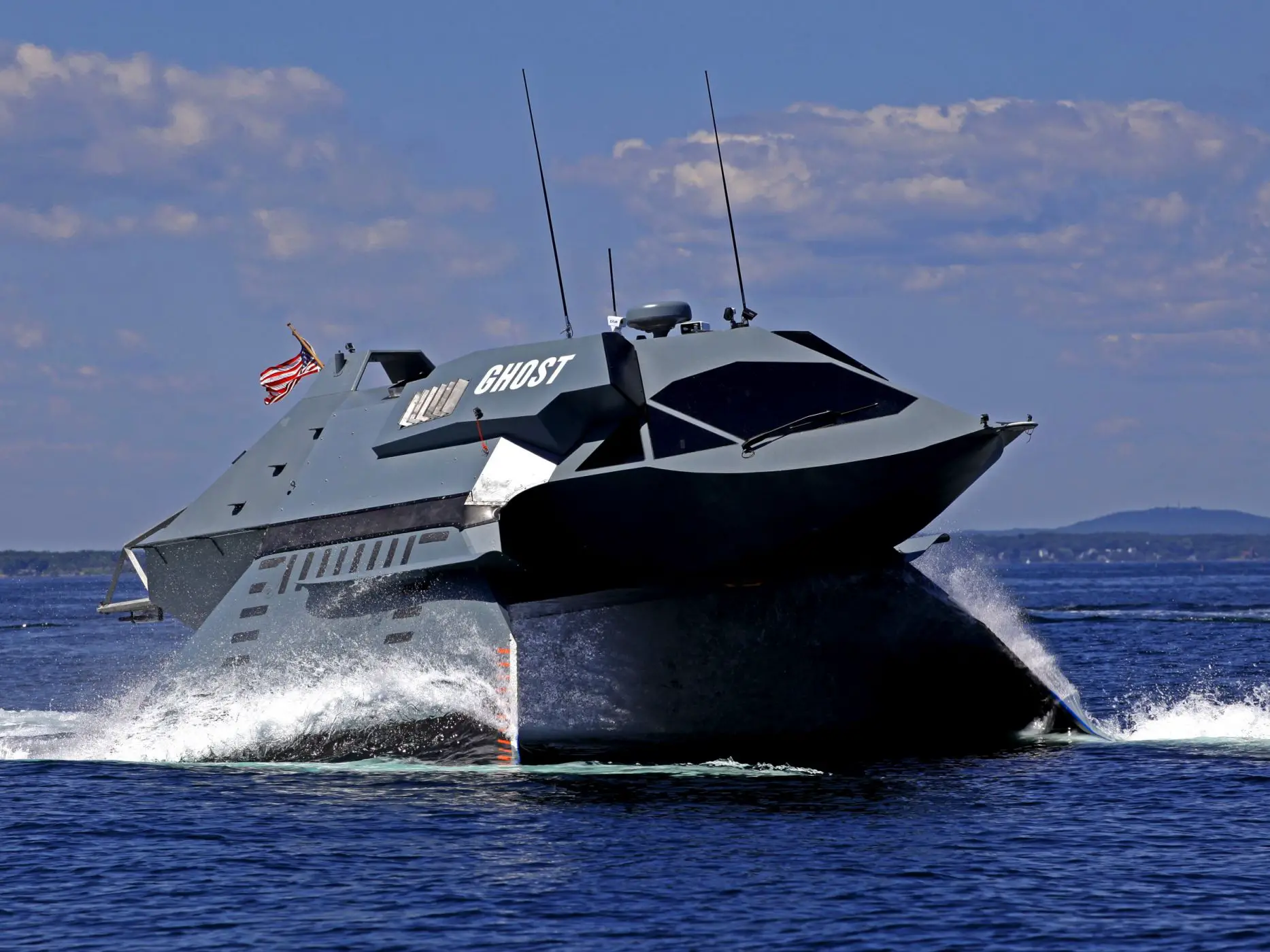The world’s first propeller with 11 blades has completed its first test flight, a significant milestone in aerospace engineering. The development of this new propeller, led by a team of engineers and aeronautical experts, aims to improve the efficiency and performance of aircraft.
The new propeller is made from a lightweight composite material, allowing it to spin at a higher speed without increasing the aircraft’s weight. This results in a significant increase in thrust, allowing the aircraft to fly faster and more efficiently. The increased number of blades also improves the overall aerodynamics of the propeller, leading to even more gains in performance.

The test flight was conducted at an aerospace testing facility, where the propeller’s ability to improve the aircraft’s performance was demonstrated. The aircraft equipped with the new propeller achieved a higher speed and extended range than those with a traditional propeller. The team of engineers and experts analyzed the test flight results, and they confirmed that the 11-blade propeller performed as expected and met all of the design specifications.
The development of the 11-blade propeller is a breakthrough in aerospace engineering. It represents a significant step forward in the quest to improve the efficiency and performance of aircraft. The engineers and experts behind the propeller are now working to optimize the design and test it on different aircraft types. This will involve further testing and experimentation to determine the optimal number of blades, blade shape, and materials used.

Application of 11-blade propeller
The 11-blade propeller is expected to have a wide range of applications in the aviation industry, including commercial airliners, military aircraft, and private planes. It could also be used in other forms of transportation, such as ships and submarines.
The increased efficiency of the propeller would greatly benefit these types of vehicles, allowing them to travel faster and farther while consuming less fuel. This is especially important in the military sector, where aircraft need to have the ability to stay in the air for long periods and cover greater distances while still maintaining a high level of maneuverability.

The increased efficiency of the 11-blade propeller also has the potential to reduce the environmental impact of aviation. The reduced fuel consumption of aircraft equipped with the new propeller would lower emissions and decrease the carbon footprint of air travel.
This is becoming an increasingly important issue as the aviation industry continues to grow, and any technology that can help to mitigate its impact on the environment is of great value. The reduced fuel consumption also has the potential to lower the operational costs of aircraft, making air travel more affordable for consumers and businesses.
Future of 11-blade propeller
The team behind the 11-blade propeller is working on further developing and optimizing the design, intending to bring it to the market soon. This technology has the potential to revolutionize the aviation industry, making air travel faster, more efficient, and more environmentally friendly. The increased aircraft performance and efficiency will also positively impact the military and commercial sectors, allowing for greater flexibility and capabilities in operations.

In conclusion, the successful test flight of the world’s first 11-blade propeller represents a significant advancement in aerospace engineering. The potential benefits of this new technology are numerous, from improved performance and efficiency to reduced environmental impact and lower operational costs.
The team behind the propeller is now working on further developing and optimizing the design, intending to bring it to the market soon. This technology has the potential to change the way we think about air travel and transportation, and we look forward to seeing it in action in the skies.





